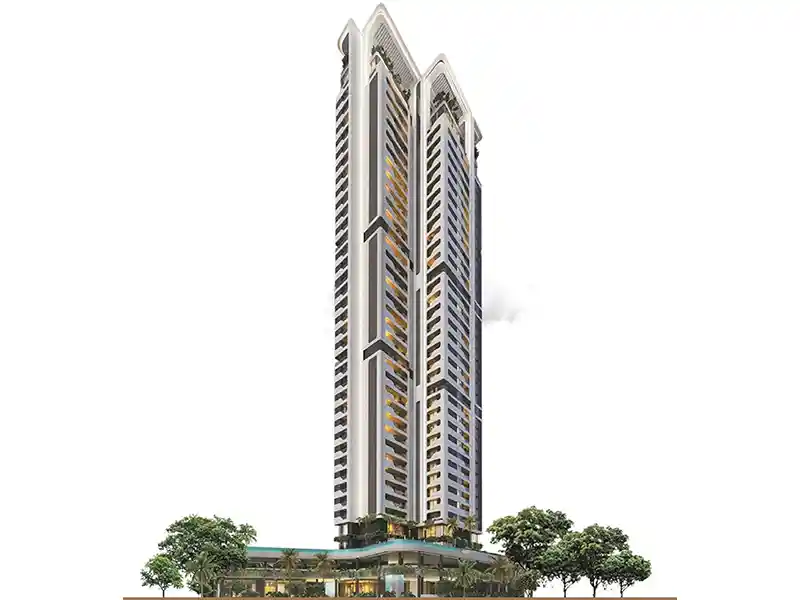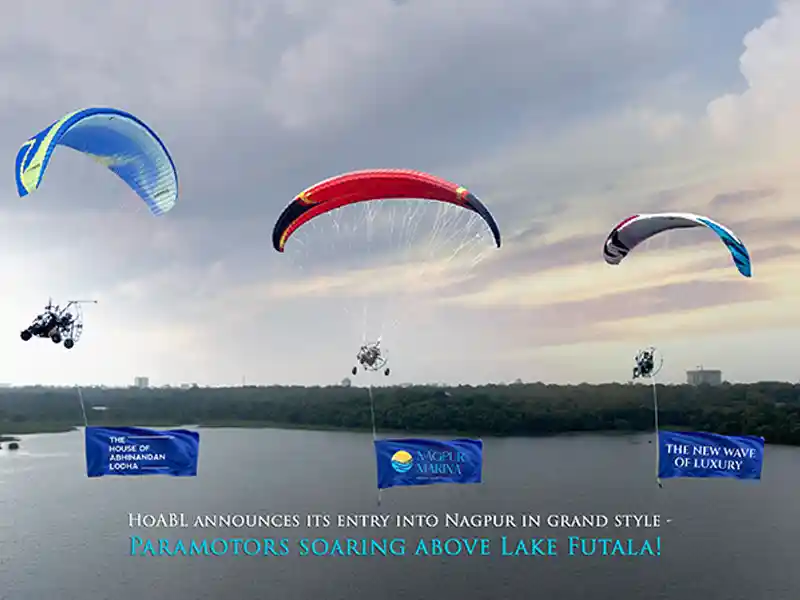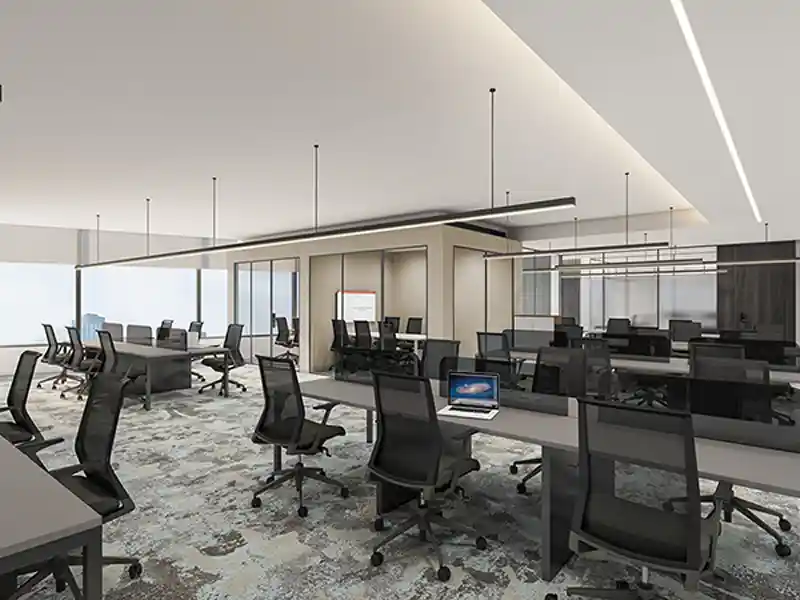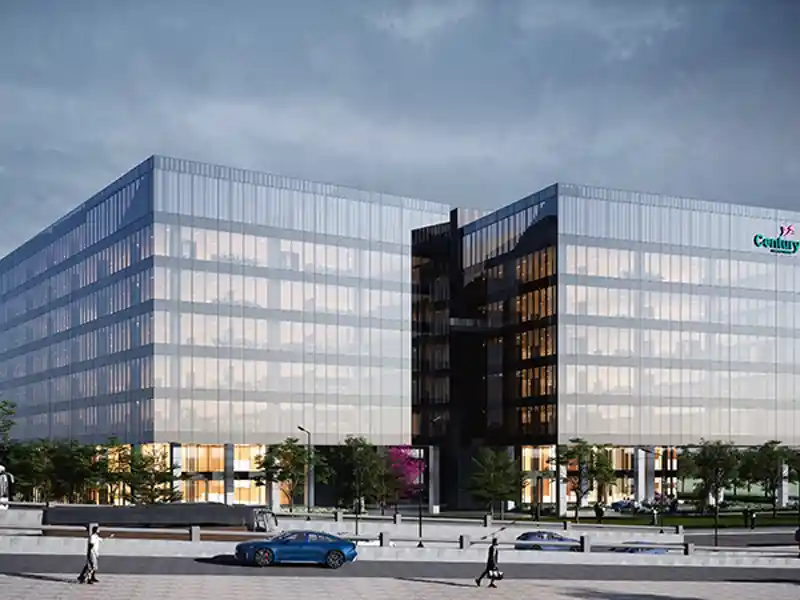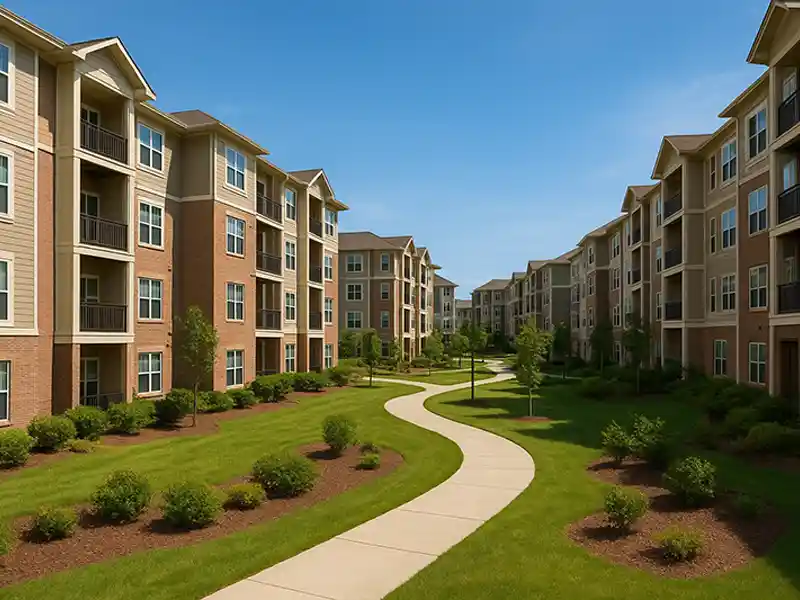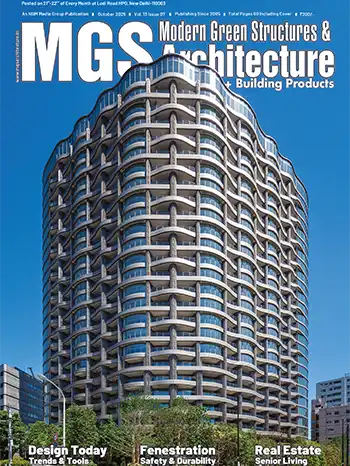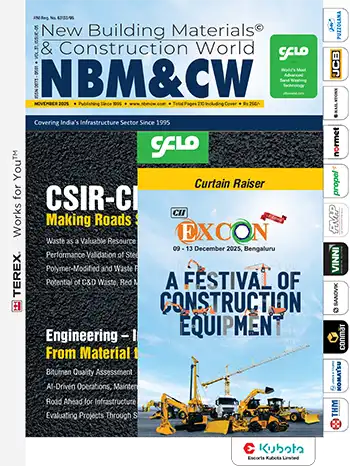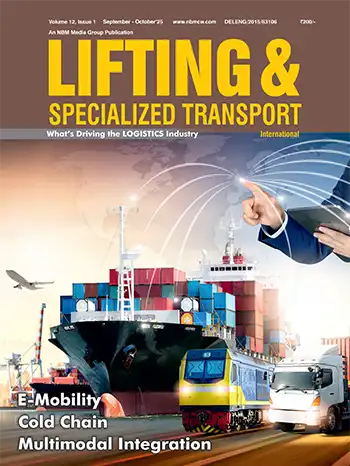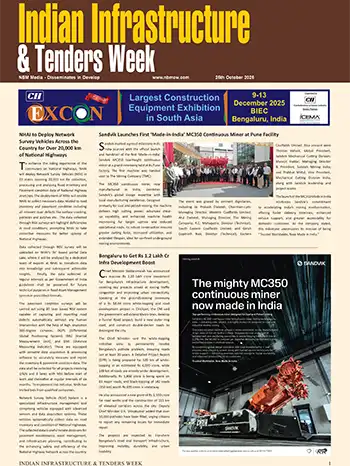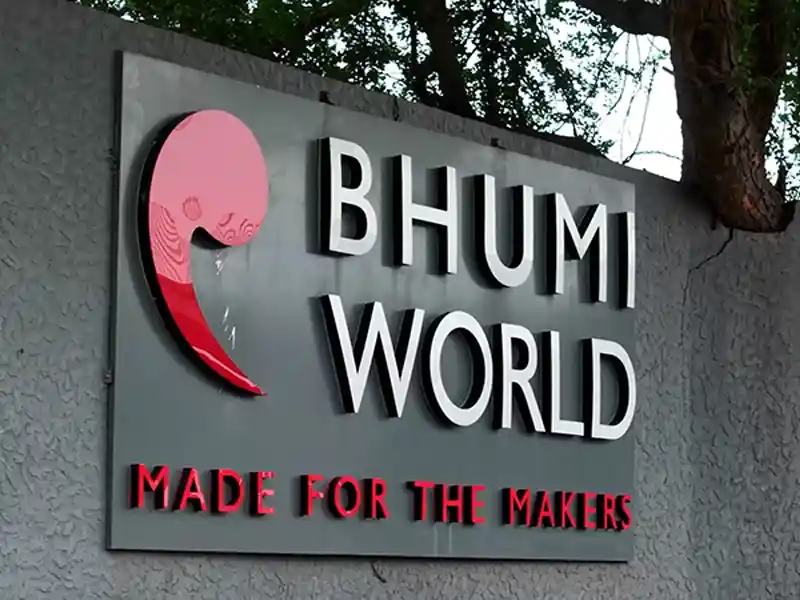
The initiative marks a new chapter in India’s urban evolution — one where industrial suburbs are transformed into self-sustaining cities that enable both productivity and quality of life.
Handling nearly 40% of India’s textile production and serving as Mumbai’s logistics lifeline, Bhiwandi has long been central to the region’s economic fabric. However, Bhumi World’s vision challenges the notion that industrial zones must remain isolated. Instead, it promotes a model where people can live, work, and thrive within the same ecosystem — reducing commutes, enhancing efficiency, and fostering a more sustainable urban lifestyle.
The Bhiwandi Transformation Blueprint rests on three key imperatives that together redefine how industrial regions evolve into integrated urban ecosystems. The first is Proximity Economics, which leverages Bhiwandi’s robust logistics infrastructure while integrating residential and commercial spaces to create compound efficiency and reduce urban strain. The second, The Brownfield Advantage, highlights the potential of reimagining established industrial areas — offering up to 60% greater capital efficiency than greenfield projects, with ready access to utilities, governance, and connectivity. The third imperative, Living–Working Balance, reflects the aspirations of tomorrow’s workforce, which seeks both professional growth and quality of life. In this vision, mixed-use industrial hubs will shape the next decade of urban development, enabling people to live, work, and thrive within the same ecosystem.
Infra 4.0 goes beyond traditional real estate development. It envisions innovation ecosystems where logistics companies, technology start-ups, and service industries coexist. Bhumi World’s master plan integrates education, healthcare, and green public spaces, ensuring a holistic environment for both residents and professionals.
Strategically located near major highways, the upcoming Mumbai–Nagpur Samruddhi Expressway, and soon connected by metro, Bhiwandi offers tier-1 connectivity at tier-3 costs, making it a compelling destination for forward-looking investors and corporations.
Prakash Patel, Chairman and Managing Director, Bhumi World, said, “Bhiwandi’s transformation reflects a larger vision — one where industrial growth and human development go hand in hand. Through Infra 4.0, we are not just creating infrastructure; we are building an ecosystem that supports innovation, sustainability, and a better quality of life. Bhiwandi has the potential to become a benchmark for how India can grow responsibly — by reimagining, not replacing, its existing industrial cities.”
K. K. Durraj, President, Credai MCHI Bhiwandi Unit, added, “Bhiwandi represents the next frontier of planned urban growth in Maharashtra. Its strategic location, infrastructure backbone, and emerging mixed-use developments like those envisioned by Bhumi World position it as a prototype for India’s future industrial cities. MCHI strongly believes that brownfield transformation, led by visionary developers, will be key to sustainable urbanization in the coming decade.”
Across the world, cities such as London’s Docklands, Shanghai’s Pudong, and Seoul’s Digital Media City have demonstrated how industrial zones can evolve into vibrant modern centers. Bhiwandi now stands poised to script India’s version of this transformation.
As Bhumi World drives this evolution, it offers not just a real estate development but a blueprint for India’s urban future — one rooted in sustainability, inclusivity, and intelligent design. The cities that will define the next decade won’t be built from scratch — they’ll be transformed from within — beginning in places like Bhiwandi.

